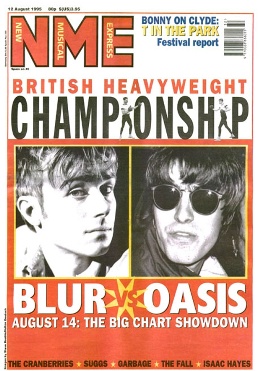I decided to design a questionnaire for my focus group to gain more information about what types of magazines they read, how often and their interests. My focus group will range between the ages of 16-18 which is the particular ages that the magazine will be aimed at. Additionally, I will show the focus group my flat plan designs of the front cover and this will give me an idea of their opinions and thoughts. Consequently, their feedback will help me in making the front cover successful as it is these students that will potentially be reading the magazine.
Here is a copy of the Questionnaire that I gave out to students to help gain an idea of how many people read the current school magazine, and which features the students like and dislike:
Questionnaire for Focus Group
Gender: Male/Female? Age: ______
1. Do you attend School/College/Sixth Form/Work/None?
______________________________________________
2. Do you enjoy reading magazines?
a) Yes b) No
3. If yes, which genre of magazines do you usually read?
a) Fashion b) Sport c) Cartoons d) Music e) Computers f) Home g) Films and TV h) Other
4. How often do you read entertainment magazine?
a) Never b) 1-2 times per week c) 3-4 times per week d) 5-6 times per week
e) 7+ times per week
5. Do you read the Sixth Form magazine?
a) Yes b) No
6. If so, how often do you read it? E.g. weekly/monthly.
_______________________________________________
7. What are your favourite aspects of the Sixth Form magazine at the moment?
__________________________________________________________________________________________________________________________________________________________________
8. What are your least favourite aspects of the Sixth Form magazine at the moment?
__________________________________________________________________________________________________________________________________________________________________
9. Is there anything else that you would like to appear in the Sixth Form magazine?
__________________________________________________________________________________________________________________________________________________________________
Thank you for taking the time and completing this questionnaire!
Results of Questionnaire
After ensuring everybody that completed my questionnaire was between the ages of 16 and 18, I gained these results:
- The most popular genres of magazine was Fashion and Music, TV and Film was quite popular too. Nobody chose the Home genre which informs me that that type of magazine would be for the older generation.
- Most students that completed the questionnaire said that they read entertainment magazines 3-4 times per week. This proves that most of the people that were asked enjoy reading magazines if they are interested in the particular subject.
- Out of the 10 people asked, 6 people said that they read the school magazine at the moment. Hopefully if it includes more subjects that they have an interest in then the numbers will increase.
- Here are the results for the favourite aspects of the Sixth Form magazine:
This pie chart proves that the students would ideally prefer more pictures displayed in the magazine and also more advice and tips.
- Here are the results for the least favourite aspects of the Sixth Form magazine:
This pie chart displays most students feel that the Sixth Form magazine at the moment is related too much with education and should be more focused on the students themselves. I feel if the magazine was related more about the students then more people would have an interest and read it more, ultimately finding it less boring.
- Here are some ideas for what the students think should appear in the Sixth Form magazine:
- Shorter articles with people of interest
- More Diagrams instead of blocks of text
- More colour
- More pictures
- Articles written by students
- Advertising upcoming events (that are happening in school and around the area)

























